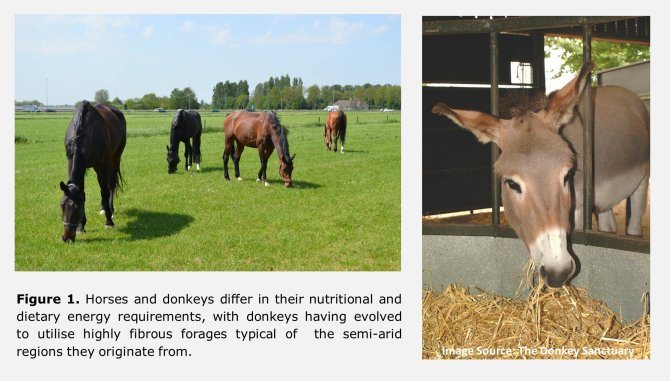Background information for the project "Equine Anaerobic Fungi"
Little is known about the role and impact that anaerobic fungi have on their equine host. EQUIANFUN aims to establish baseline knowledge of these fibre degrading gut organisms in equines. You can find the background information for the project below.
Equine gut health
The diet of many equines is supplemented with energy-dense feeds in order to fulfil their energy requirements. This practice can change the hindgut microbiome however, and lead to the development of gut-mediated diseases (i.e. fermentative acidosis, laminitis, colic, and stomach ulcers).
Gut-mediated diseases are a major health and welfare issue for Europe’s seven million equids (horses, ponies, mules and donkeys). Colic alone is known to affect 6% and 15% of horse and donkey populations, respectively.
Gut-mediated diseases are also a major economic cost to the equine industry, which in the EU has an annual market value of over €100 billion.
Fibre degradation in the equine hindgut
The hindgut microbiota of equines enables their host to utilize fibrous feeds. However the presence of lignin within lignocellulosic fibres restricts bacterial access to (hemi)cellulose and other plant nutrients. Donkeys and ponies fed the same diet have been reported to have similar numbers of cellulolytic bacteria in their hindgut. Despite this donkeys consistently have a higher dry matter digestibility of dietary material than horses and ponies (Figure 1). This is thought to be associated with the longer retention of feed particles in the digestive tract of donkeys compared to horses and ponies.

Anaerobic fungi
Anaerobic fungi (phylum Neocallimastigomycota) are the most effective of the fibre-degrading gut microbes (Figure 2), and to date have been most extensively studied in ruminants. The anaerobic fungal life cycle contains both a motile and vegetative stage. During their vegetative stage, anaerobic fungi use their rhizomycelium and potent fibrolytic enzymes to both physically and enzymatically degrade fibrous feed particles. Anaerobic fungi also indirectly improve feed particle degradation by increasing the surface area available for bacteria to colonise.
Anaerobic fungi have been largely overlooked in equine gut microbiology studies. Findings to date suggest that anaerobic fungi in the equine hindgut are likely to be taxonomically and physiologically distinct from those previously characterised in ruminants. Therefore it remains to be determined how much of the current rumen-based knowledge can be translated to anaerobic fungi present in the equine hindgut.
